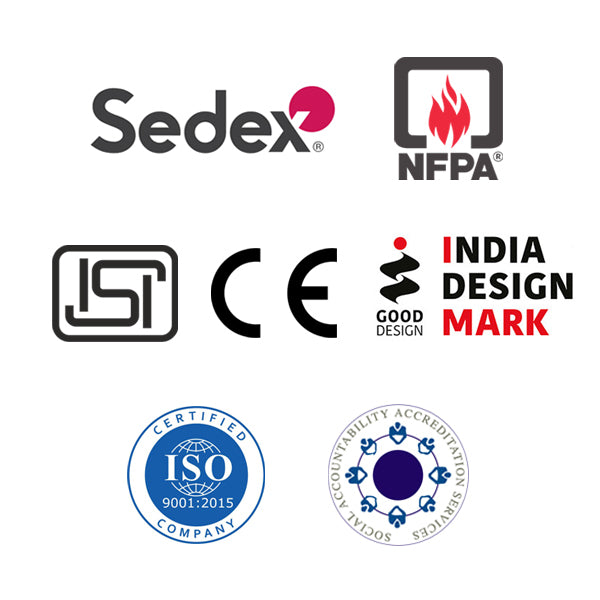P65NAG
Share
Seamless Nitrile Gloves
- Seamless polyester nitrile gloves
- 15 gauge Hi-vis green polyester liner
- Sandy finish blue NBR palm coating
ABRASION
DEXTERITY
EN 388:2016+A1:2016
Delivery & Services

Easy Return
with our 15 days return poicy
Regular price
Rs. 0
Sale price
Rs. 0
Regular price
Tax included.
Shipping calculated at checkout.
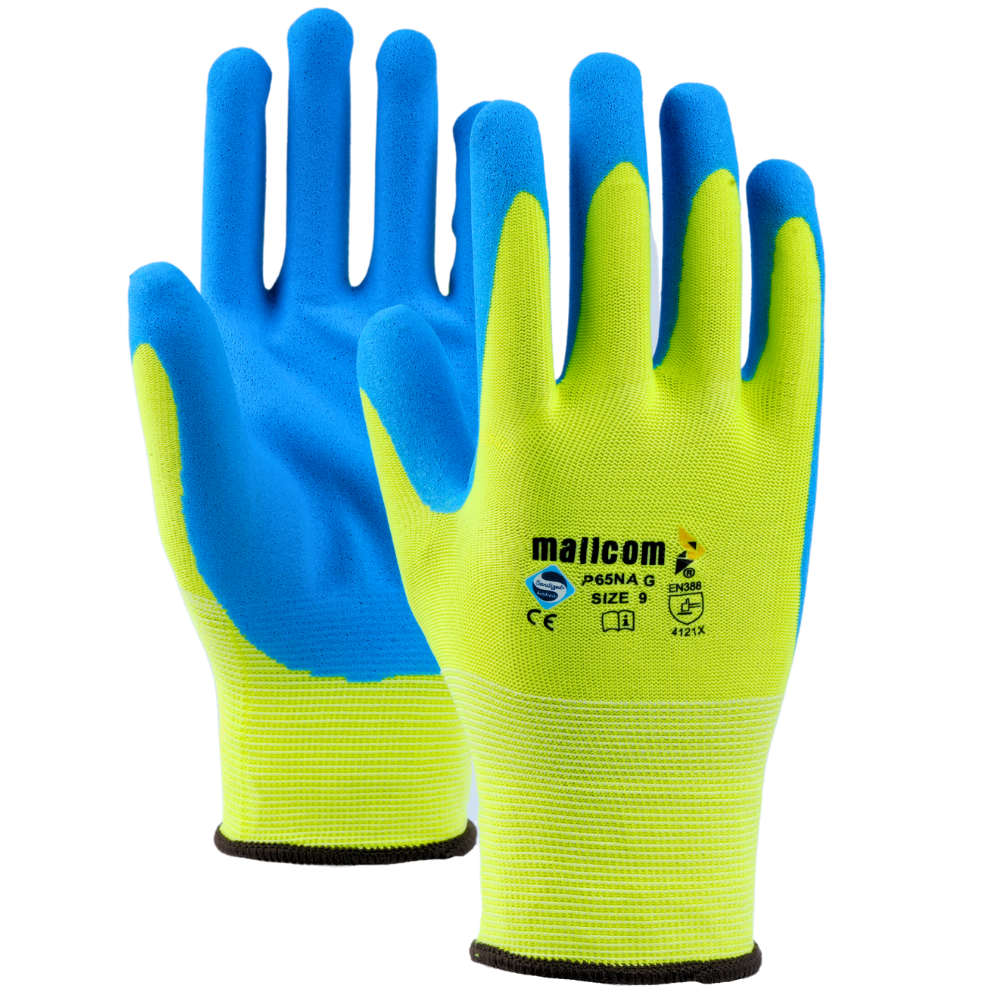
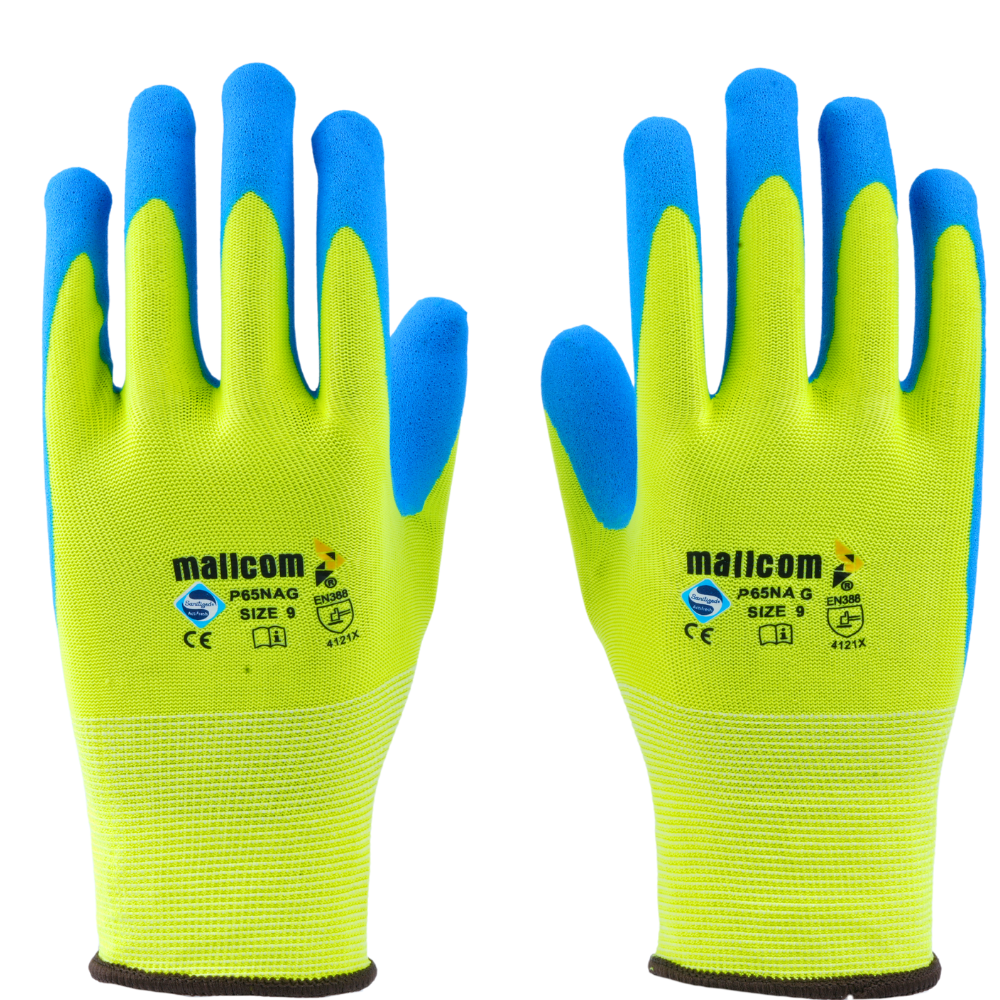
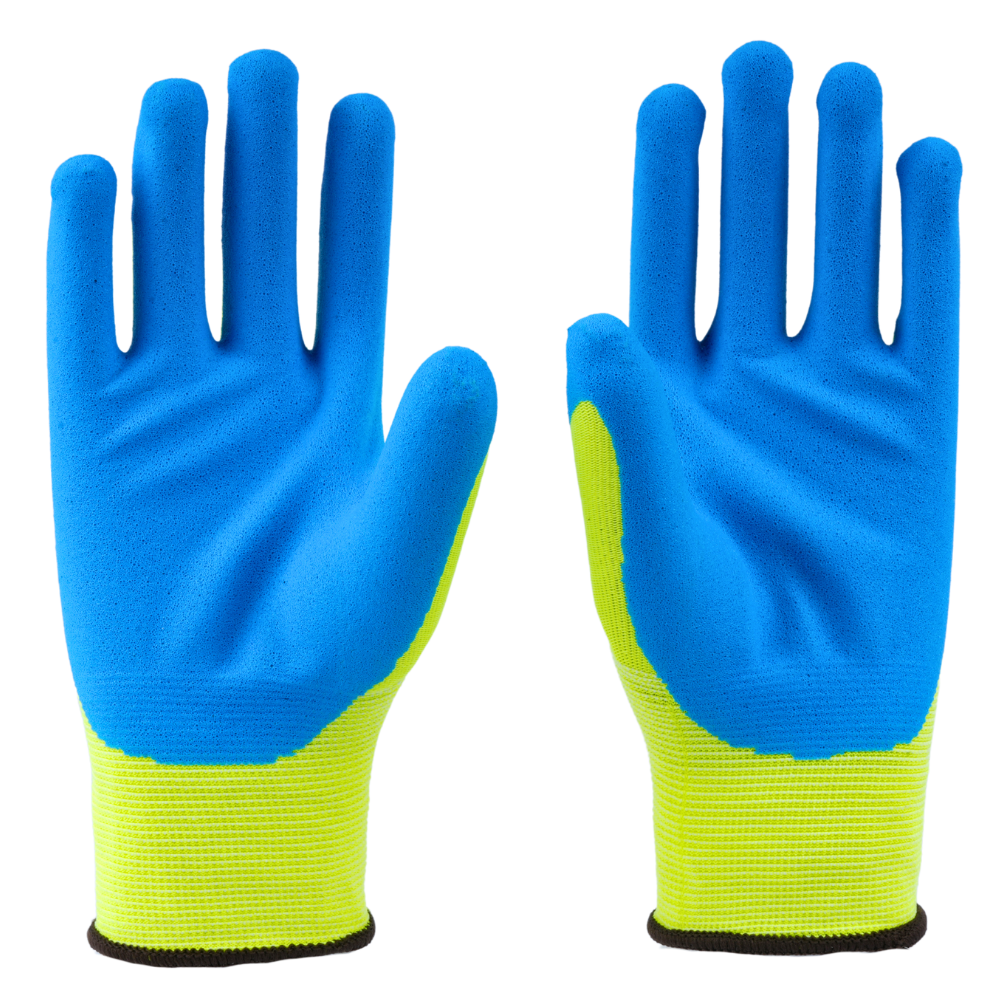
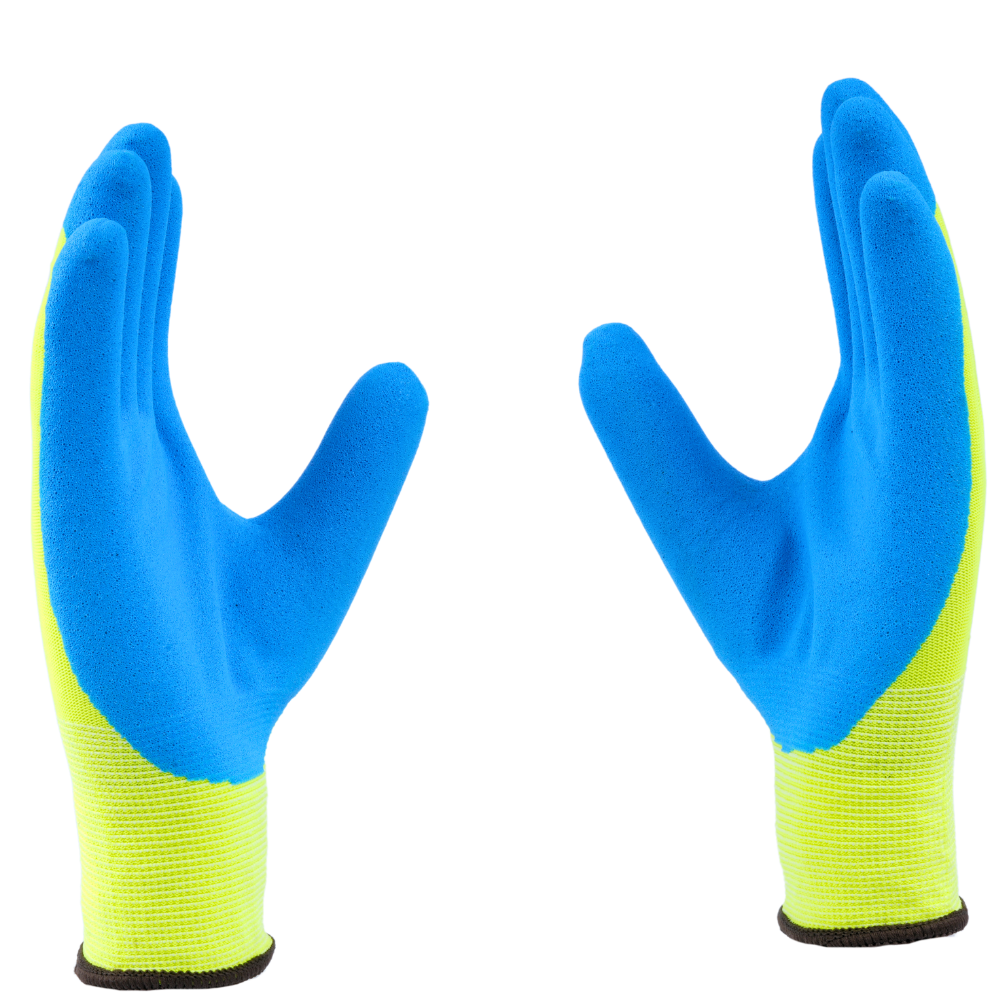
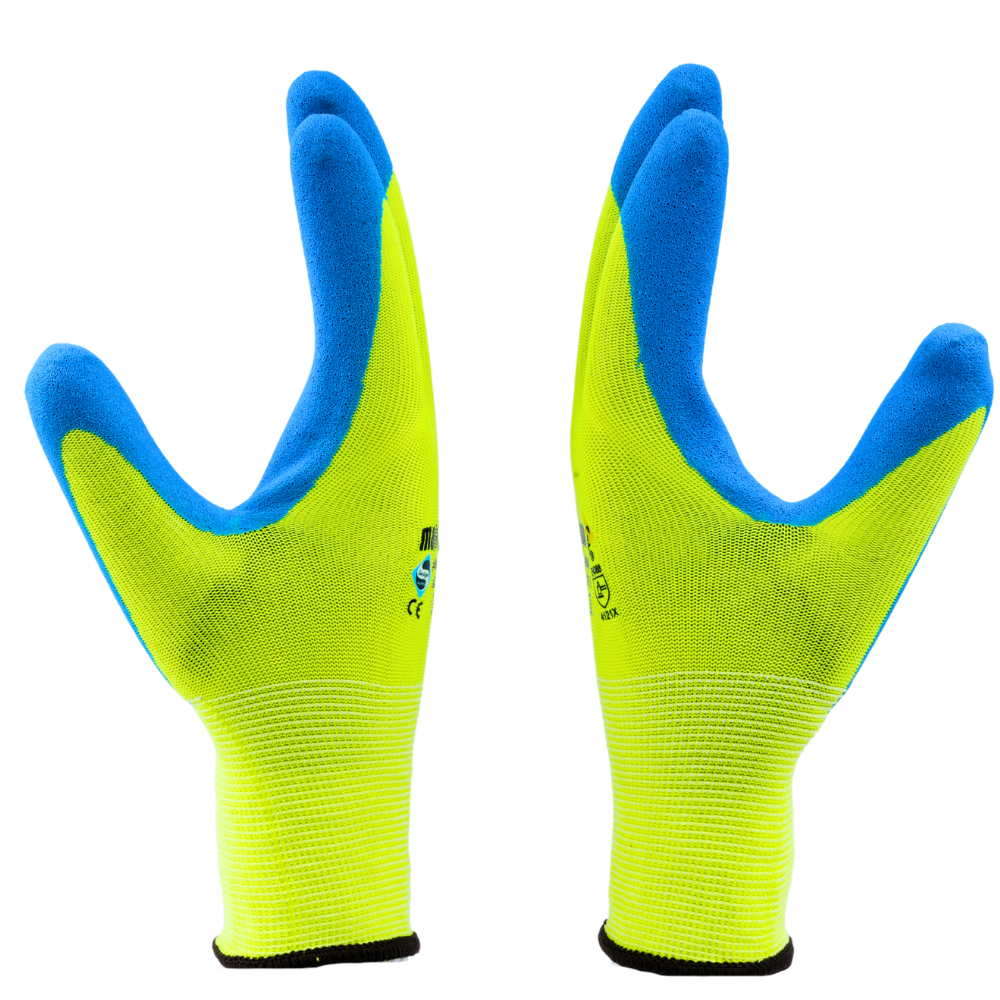
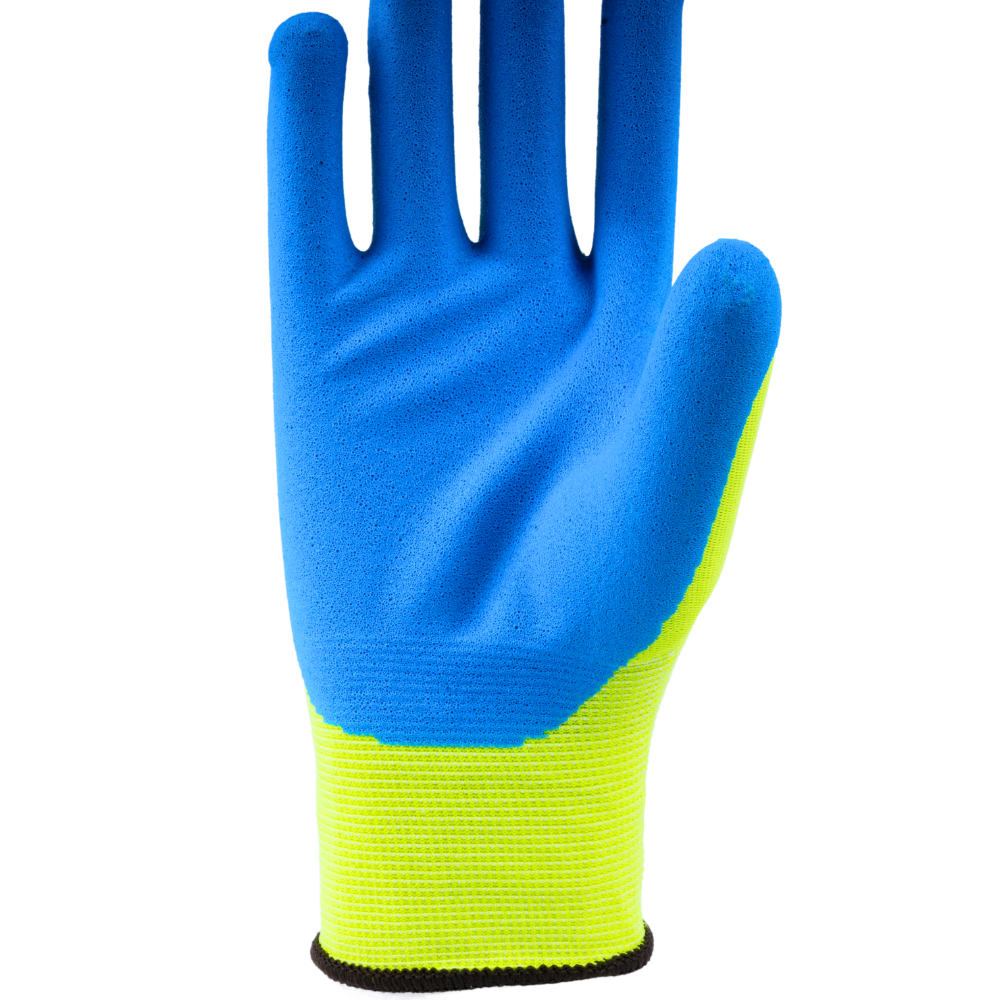
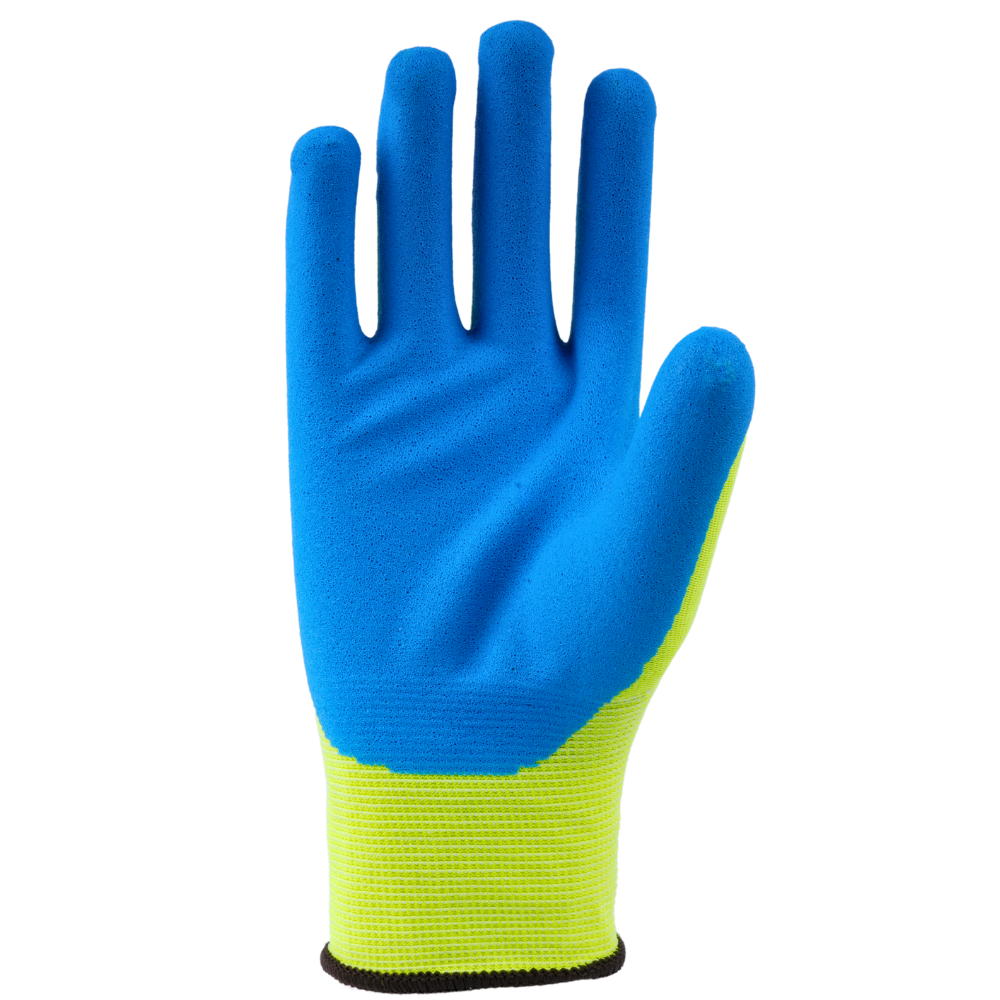
ABOUT THE DESIGN
USEFUL IN THESE INDUSTRIES
AUTOMOBILE
CHEMICAL & PAINT
CONSTRUCTION
OIL & GAS

Product Features
ABOUT THE DESIGN

USEFUL IN THESE INDUSTRIES
AUTOMOBILE
CHEMICAL & PAINT
CONSTRUCTION
OIL & GAS
Product Details
